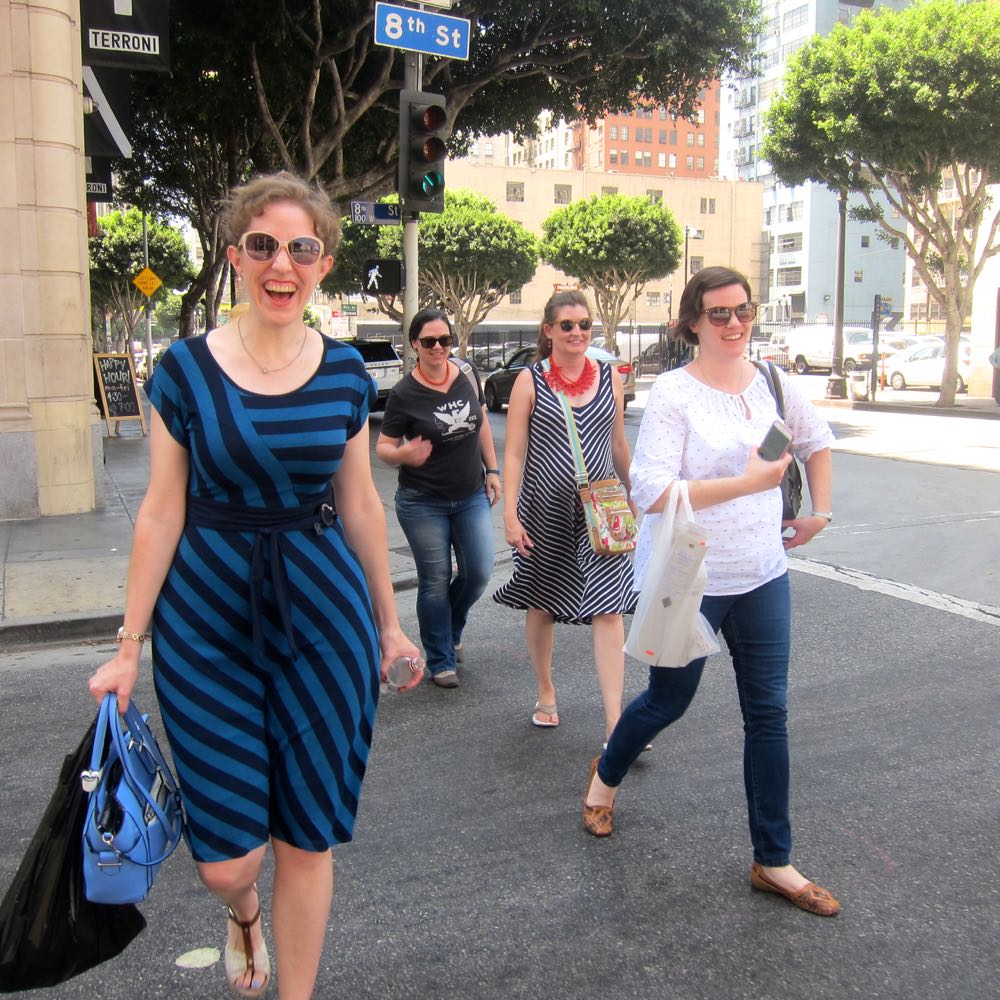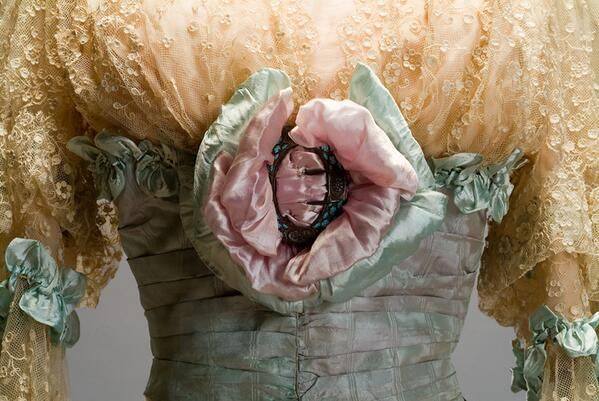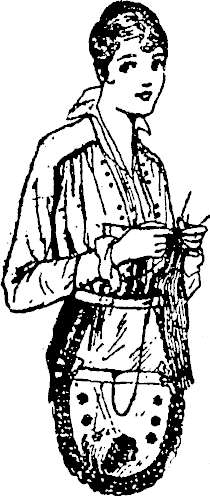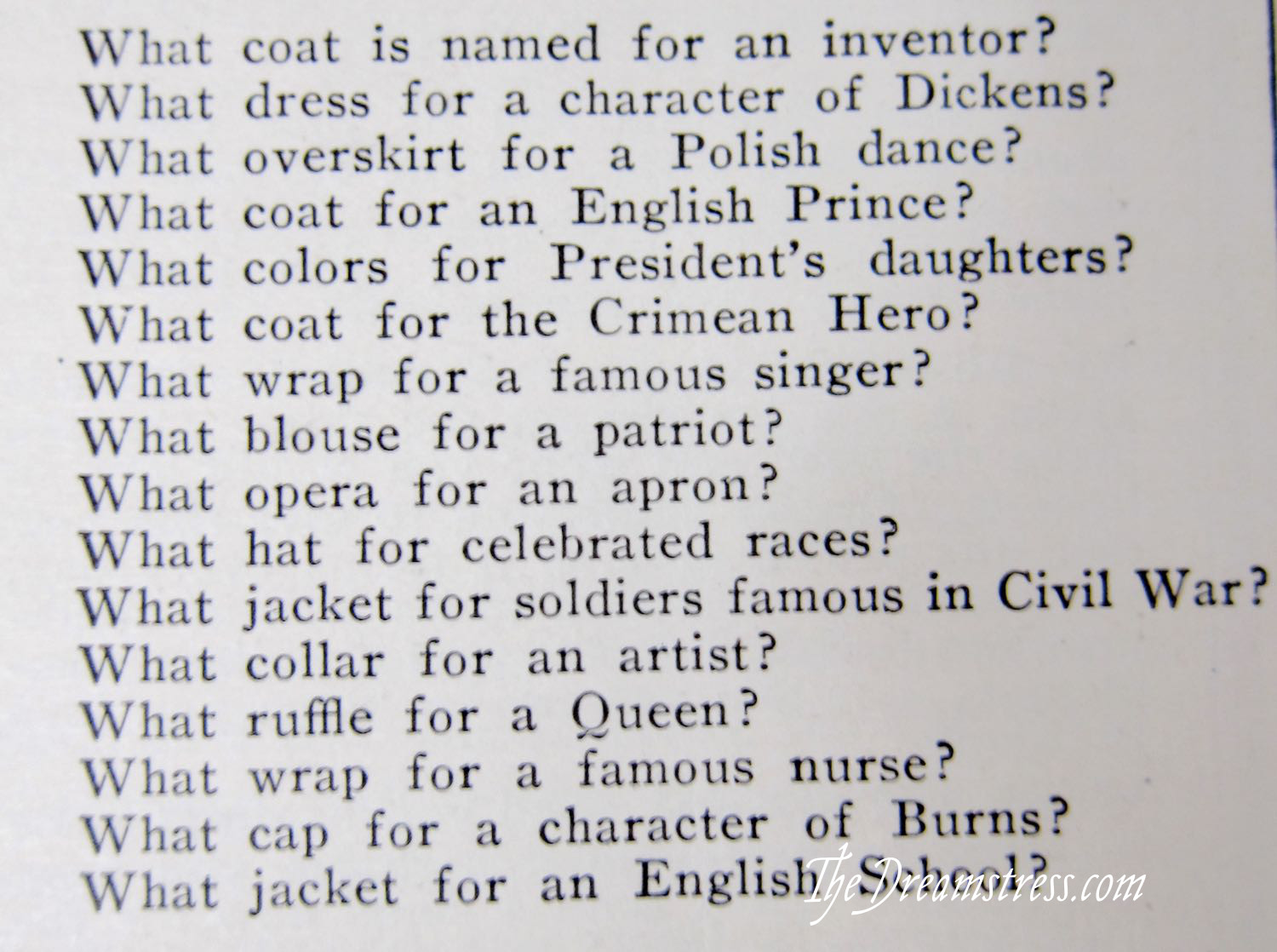Heading off to LA for Costume College, lots of people told me that one of the things I must do is go to the Garment/Fabric District.
The only people who didn’t tell me this were my sewing students who had been to the Fabric District in the last couple of years. Every single student who has been in LA and gone has come back and reported that everything was either 1) polyester (blech) or 2) 3x the price it would be in NZ.
Most of it looks like this: tons of stretch lycra, tons of minky – not so much my thing:
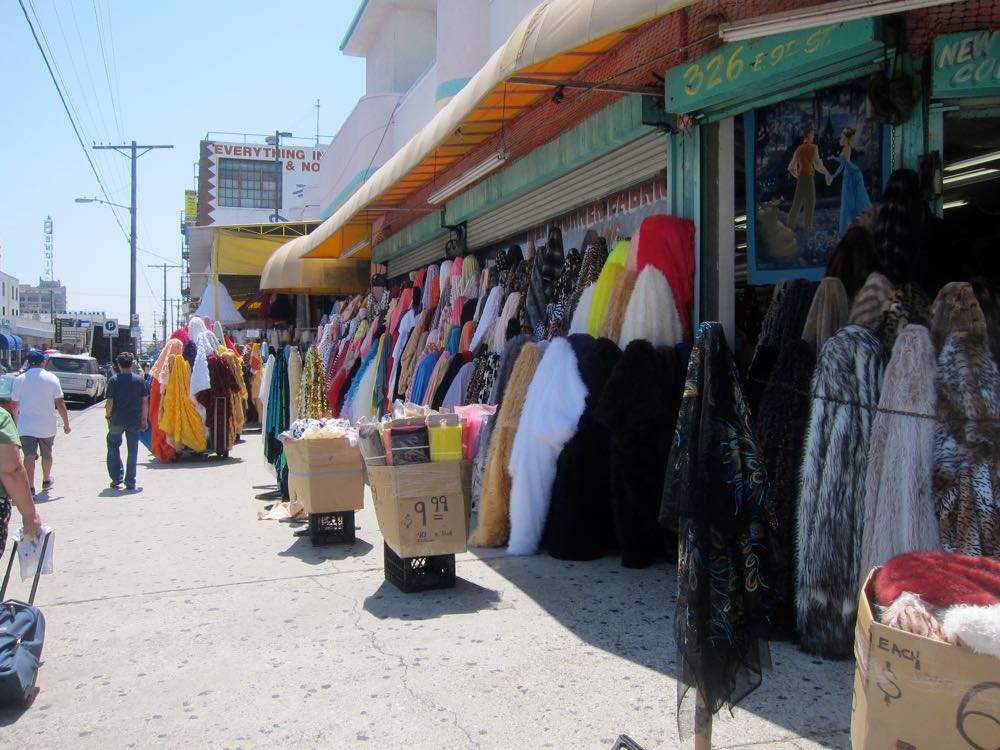
It really didn’t seem worth the fuss.
But pretty much half of the Costume College attendees go to the Fabric District in the days before and after the conference, and everyone there said I definitely should, and with local guides, at least I would see the best stuff!
So, with Lauren of Wearing History, and Beth of V is for Vintage at the helm; Ginger of Scene in the Past, Jenny-Rose of Jenny La Fleur, Taylor of Dames a la Mode and I (I know, look at us! It’s worse than double-barrel surnames!) all did the Fabric District.

I really enjoyed the tour that Lauren & Beth took us on, because they knew the best of each type of shop, but we just went to one of each, so it didn’t get overwhelming. We got to see a fantastic decor fabrics store, a fantastic trims store, a fantastic millinery store, a fantastic sewing machine & accessories store, a fantastic fabrics store with lots of natural fibres – and we went somewhere yummy for lunch. Even with just five stores, I was quite shopped-out by the end, and very happy to decline Beth’s offer to go to Michael Levine.
With Beth & Lauren’s blessing, I thought you might enjoy a run-down of the tour they took us on, in case you’re in the Garment District, and want a guide that’s a little less overwhelming than most of the official ones.
We parked across the street from Home Fabrics for $6 or so for the afternoon – Beth’s advice was to pick a parking lot on the level with the street, and visible from the street.
Home Fabrics, 910 Wall Street
Since we’d so handily parked directly across from it, we started our tour at Home Fabrics, which has gorgeous home decor fabrics, including lots of silks (costumers LOVE home decor silks) and fabulous trims (and air conditioning!).
Despite the lure of dozens of silks marked down to below US$15 a yard, the only thing I ended up buying at Home Fabrics was this amazing bobble trim, marked down to $1 a yard, to make a dress that’s been on my wish list for ages.
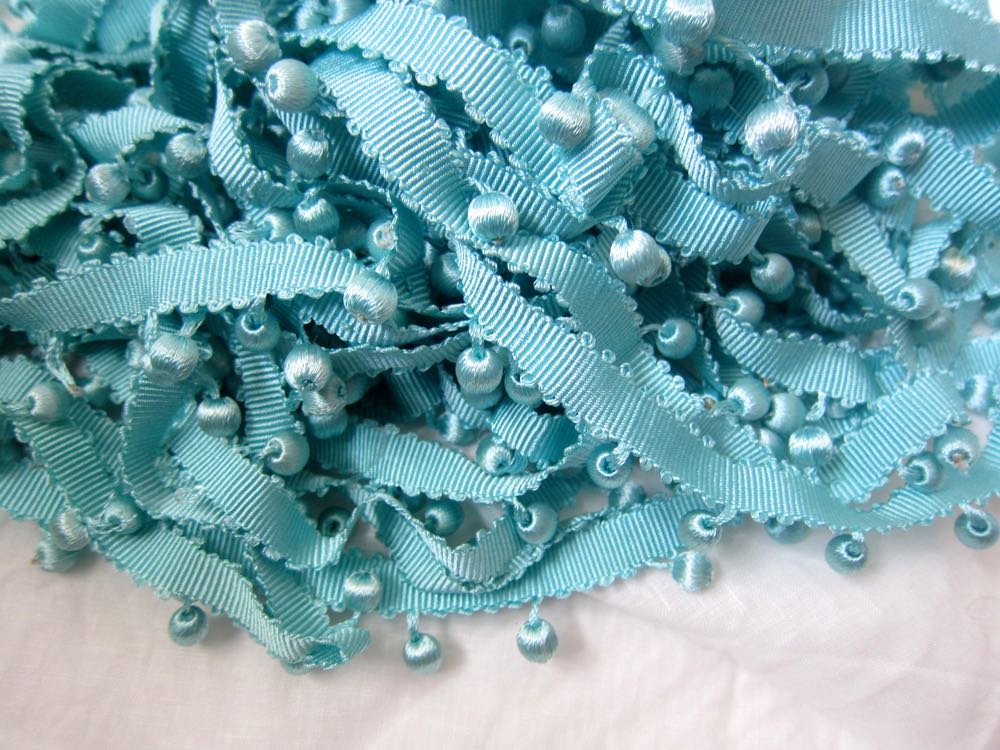
Scuttlebutt is that Home Fabrics will be carrying a lot less silk in the future (sniff), but their trims and decor fabrics are still well worth a look. I wished I’d had an extra suitcase to fill with curtain fabrics!
Button & Trim Expo, 828 Maple Avenue
Next we were off to the Button & Trim Expo store, which was ALL THE TRIM. I was so excited about trim I didn’t even notice any buttons, but I’m sure they were there. I drooled over all the lace and ribbon, but settled on a fabulous metallic lace (so popular historically, so hard to find today), and a bunch of different elastics to trial different kinds of corset garters with.
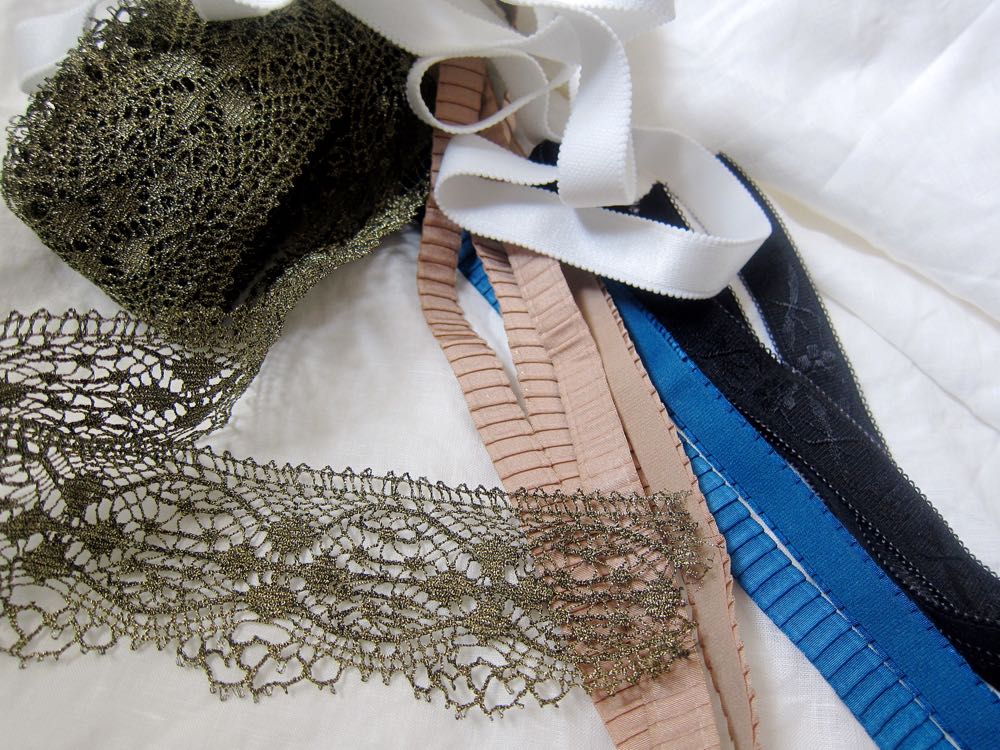
Ace Sewing Machine Inc, 214 E 8th St
Ace Sewing Machine is where you go to get every possible colour of rayon seam binding, every possible type of ironing board, ham, sleeve-board, etc, and all those specialist tools like buttonhole spacers that are getting so hard to find these days.
I didn’t have room in my luggage for hams and sleeve boards (next time!), and already have a buttonhole spacer, so stocked up on seam binding, chalk refills, an awl (you can never have too many awls as a historical sewer), and my favourite type of seam gage and seam allowance ruler.
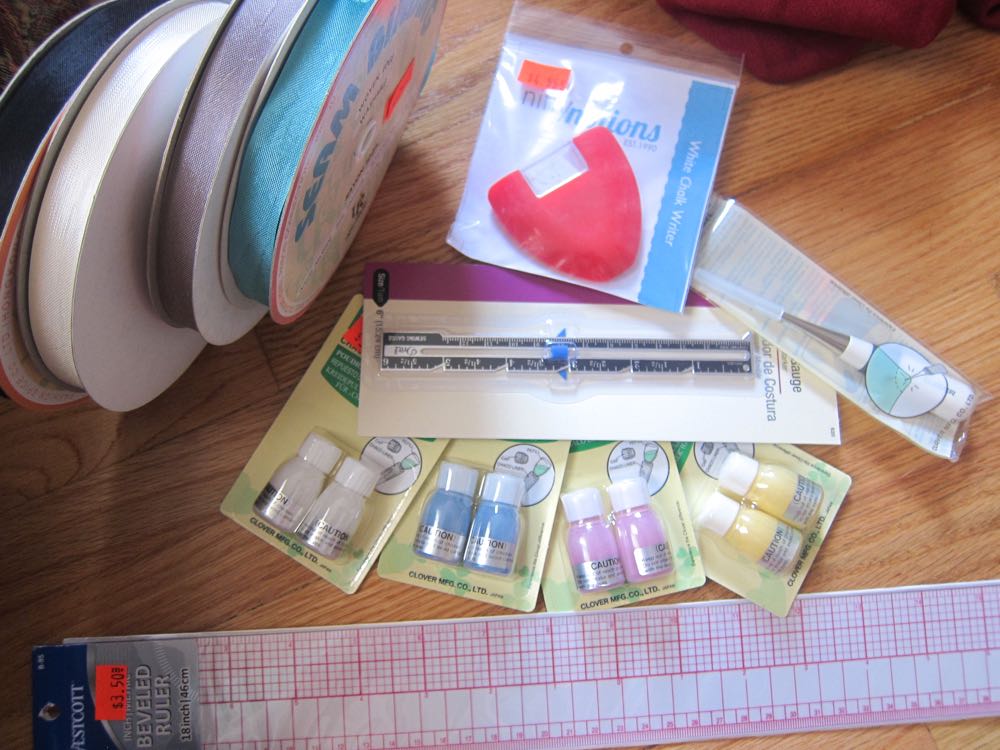
California Millinery Supply, 721 S Spring Street
California Millinery was our furthest-away goal, but well worth the walk:
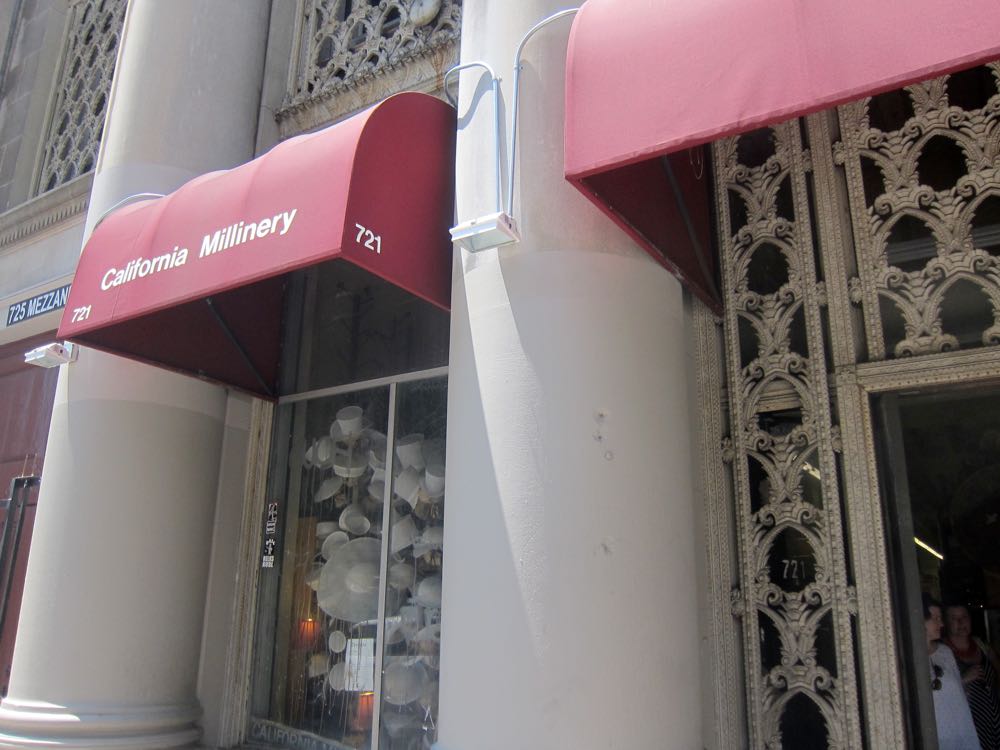
It’s been around since the 1920s or so, and has stock dating back that far, with shelves and shelves of hat braid:
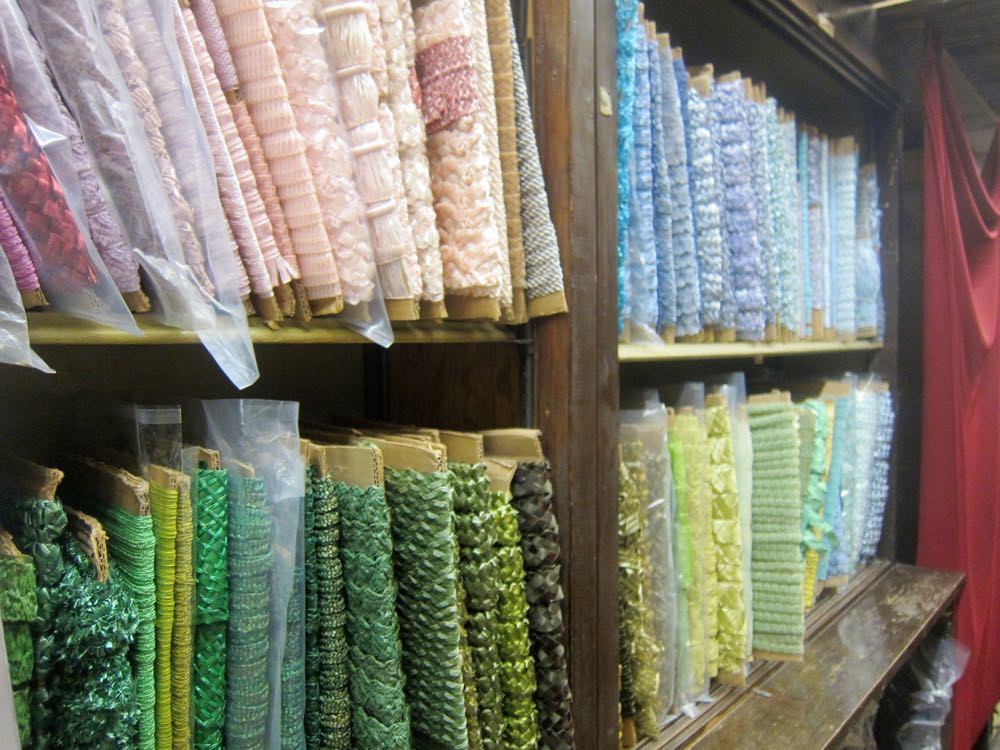
And hat blanks:

And hat trims:
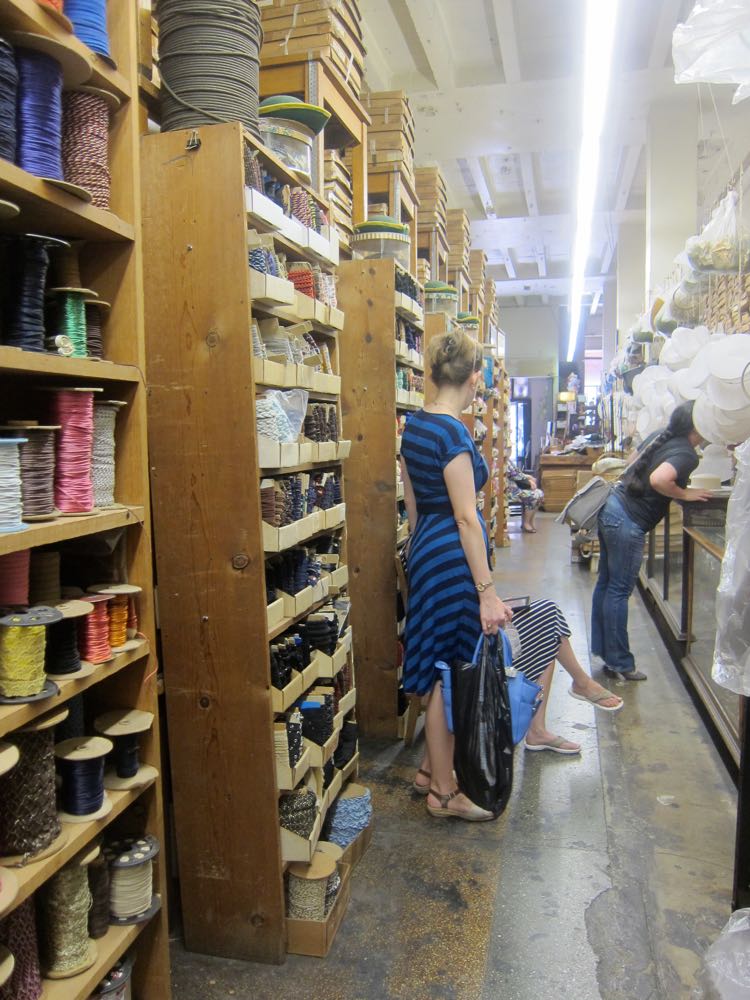
Ginger, Lauren & I all splurged on vintage early 20th century Italian straw flowers – not cheap, but absolutely impossible to find these days:
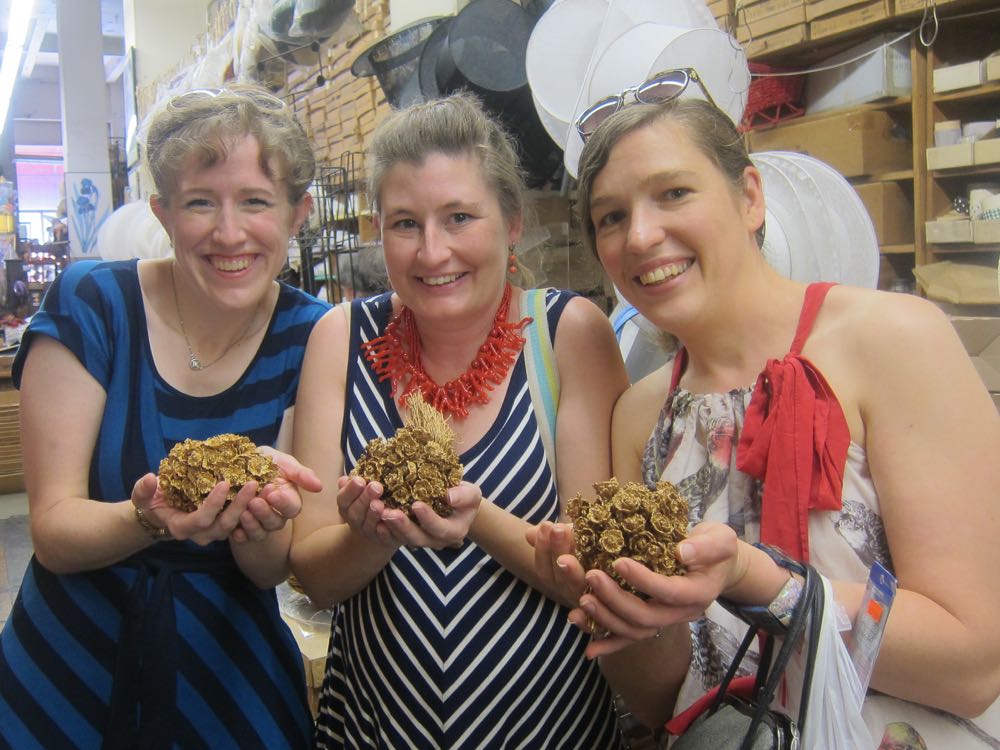
If millinery isn’t your thing, you could skip this, and add in another fabric store, like Michael Levin (right on the next street over from Home Fabrics)
With our tour 3/5 of the way through, it was time for lunch:
Market, 862 S. Los Angeles St
Market’s ‘New American’ cuisine is California hipster food at its most delicious. I had the chile crusted ahi tuna salad, and was not disappointed:
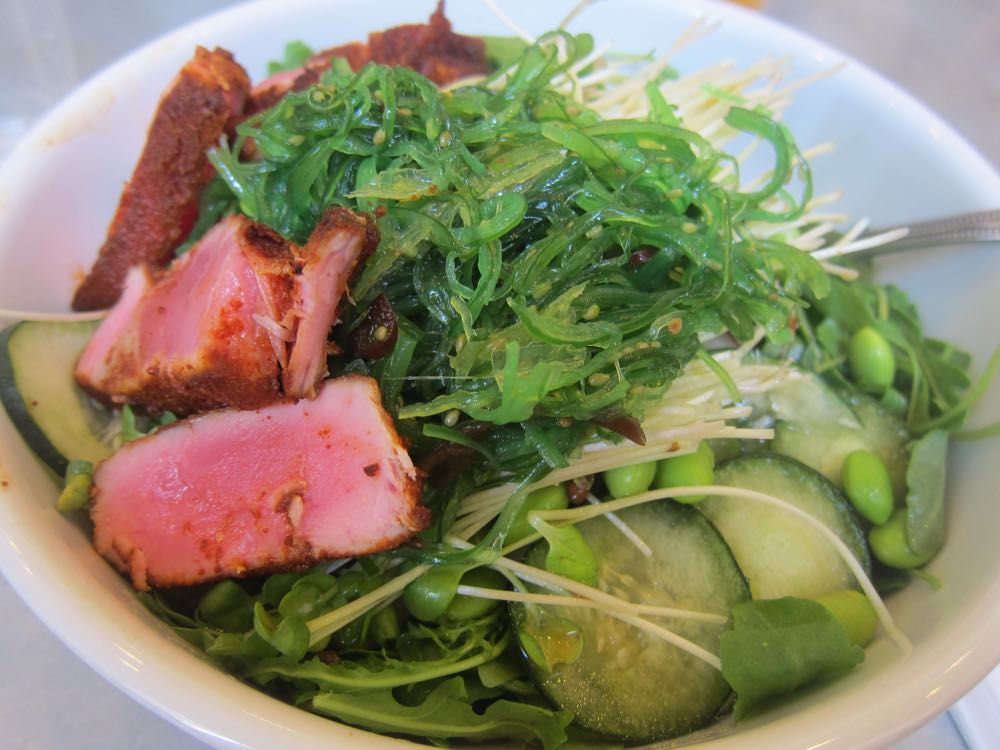
Refreshed and re-fuelled, we were off to our final two stops:
Having done every possible thing but straight-up garment fabric, our last stop remedied that:
Tex Carmel, 432 E 9th Street
This tiny hole in the wall shop was crammed with silks, linens, and wools, I drooled over a warp-printed Italian silk faille in autumn tones on black (ex designer, US$20 a yard, and the original price would have been well above US$100), but decided that the only thing it would be suitable for would be a full-skirted 1930s evening dress (something vaguely along the lines of this, or this), which would need about 7m, and I couldn’t think of an occasion to wear it.
So I settled on a couple of yards of white linen – something I always use, and that I can’t always get in Wellington when I want it. So I was honestly able to tell Mr D I only bought 2m of fabric in the fabric district!

So that was our tour!
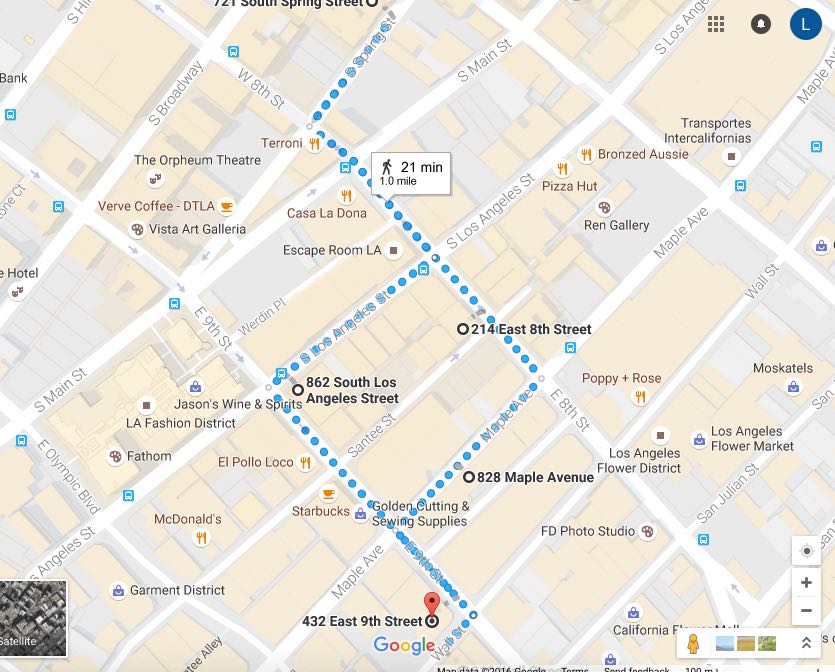
Fun, successful, and not ridiculously overwhelming! (I still like my local Wellington fabric shops the best though!)
